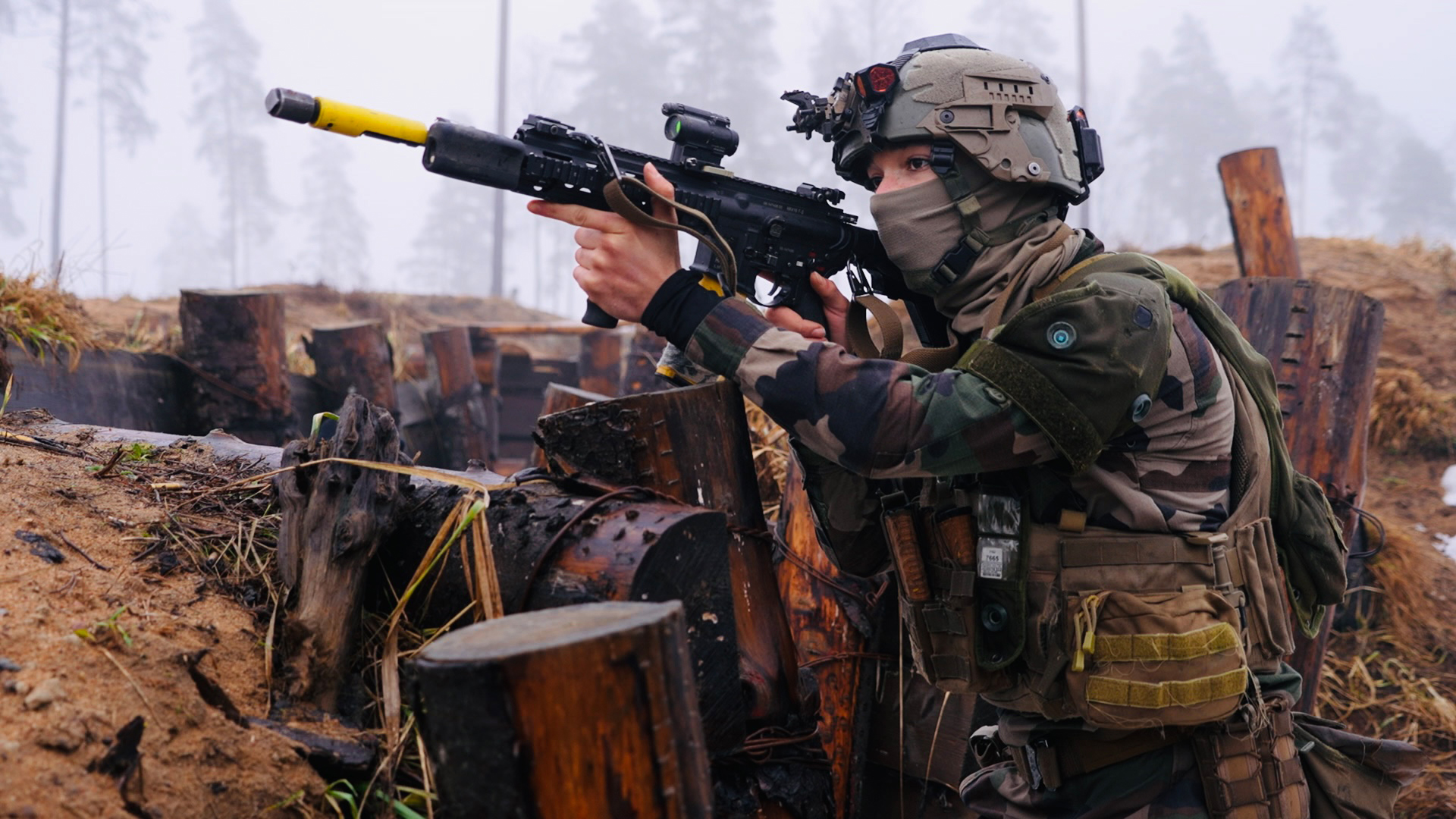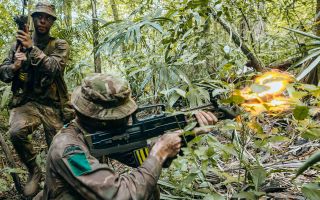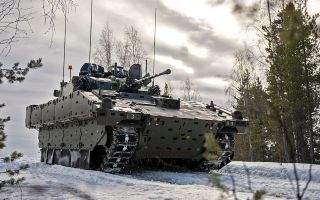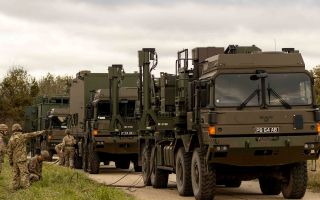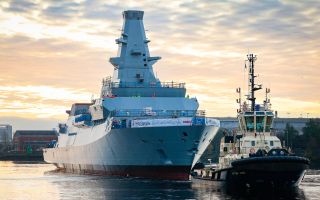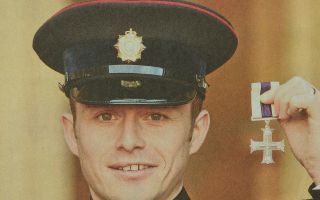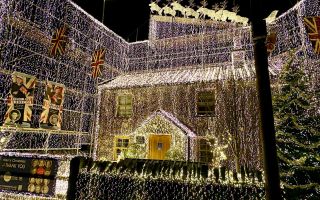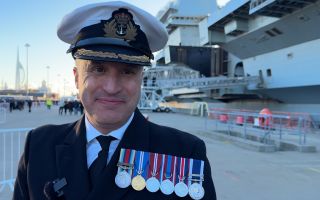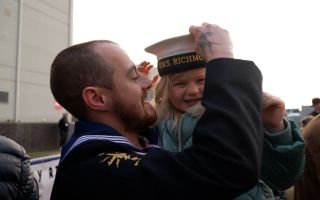Cavalry units go camping with a difference as they play hide and seek in Estonia
Cavalry units have been training in Estonia on a major Nato exercise to help ensure the eastern flank of the alliance is secure.
British troops from the Royal Dragoon Guards and Queen's Dragoon Guards have been joined by their allies from the US, France and Estonia on Exercise Winter Camp.
The soldiers are honing their ability to secure the area, operate close to the border, deploy on a mass scale and develop tactics to be effective in this battle environment.
The Royal Dragoon Guards have brought their Warrior and Bulldog armoured vehicles to the challenging terrain of Estonia where they have been negotiating the forest terrain as they hunt the enemy.
The exercise will require them to locate and neutralise any threat.
Remarking on the terrain, Lieutenant Henry Pillman said: "Here we’ve got a lot of tracks [armoured vehicles] in very dense wood blocks, and that doesn't give us a lot of opportunity to spread out.
"We're quite channeled down certain routes.
"And that's just different ways of fighting and learning to adapt to those situations will make us a more agile and lethal force in the future."
Exercise Winter Camp is essentially a game of cat and mouse in the Estonian woodland. As the attacking side advances, the enemy lie in wait to intercept them.
The fighting in Ukraine has shown just how important armoured vehicles can be in a land war in eastern Europe.
It has also demonstrated how they can be used effectively to push dismounted troops into battle.
The Battlegroup's Chief of Staff, Major James Hollas, said: "As an armoured cavalry regiment, we pride ourselves with being experts in our platforms.
"But as Dragoons, we should be able to fight both on and off platforms.
"So a lot of our training has been focused on making sure whilst we're experts in mounted close combat, we're equally in proficient in a dismounted role as well."
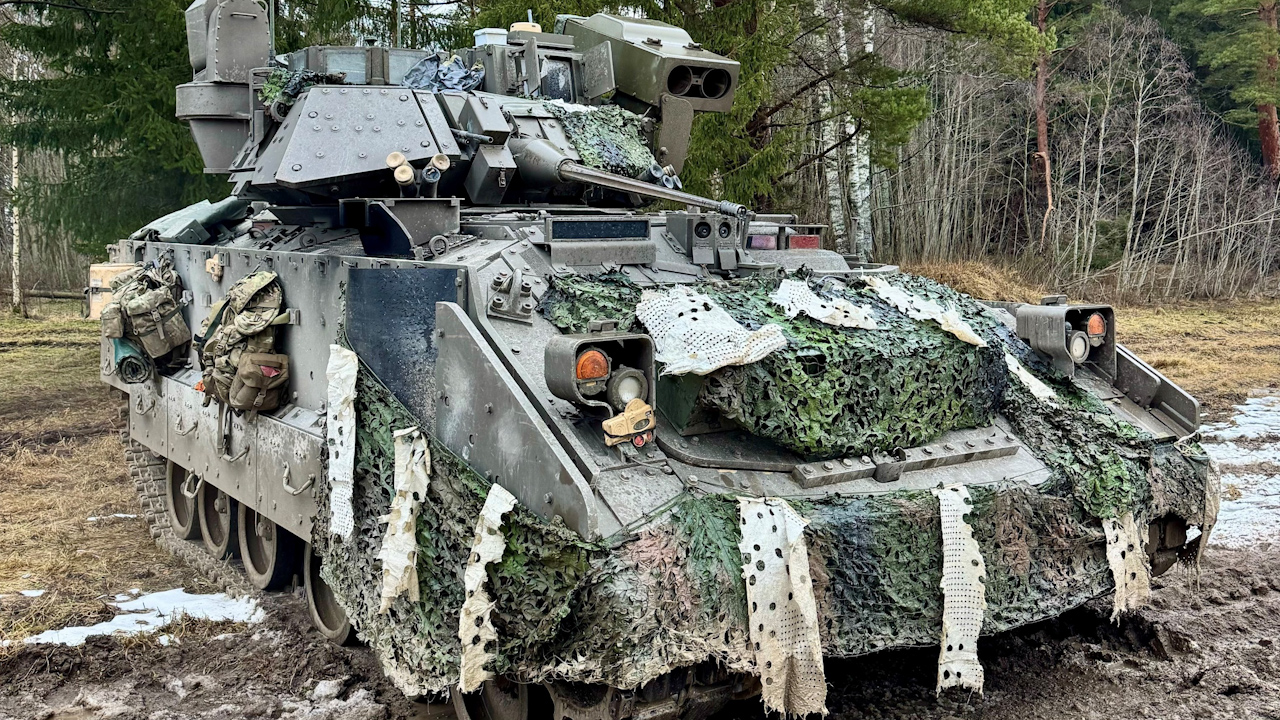
Another aspect from the Russian invasion of Ukraine is the re-emergence of trench warfare.
This is something many of the French troops taking part in the exercise initially believed had been consigned to the history books.
Sergeant Julien, of the French army's 1st Marine Infantry Regiment, said: "This is a new way of combat for us, and I never thought I would have to do this one day.
"By meeting the Estonian soldier and the British soldier we can exchange our feelings about this."
Sergeant Remi of the 126th Infantry Regiment added: "When you are fighting in the trench you need to be focused on the face [in terrms of camouflage].
"But we have to put some cover on the sides, we have to look a lot around us, we have to go really quickly because this a really risky to stay in the same position."
The exercise is about maintaining the security of Nato members on Russia's doorstep.
Also taking part are US forces, who have been showcasing their HIMARS capabilities.
First Sergeant Chazley Dain of the 321st Field Artillery Regiment said: "The HIMARS is a battlefield changer.
"Not only is it air-mobile, but it's also faster than our 270s that us and other Nato ally countries have.
"We can traverse across any hard or approved roads at speeds up to 80 kilometres an hour, and then we're air-mobile.
"So we can land anywhere within an approved or unapproved airstrip, get off, shoot and be back on the plane in under 10 minutes and out of harm's way."
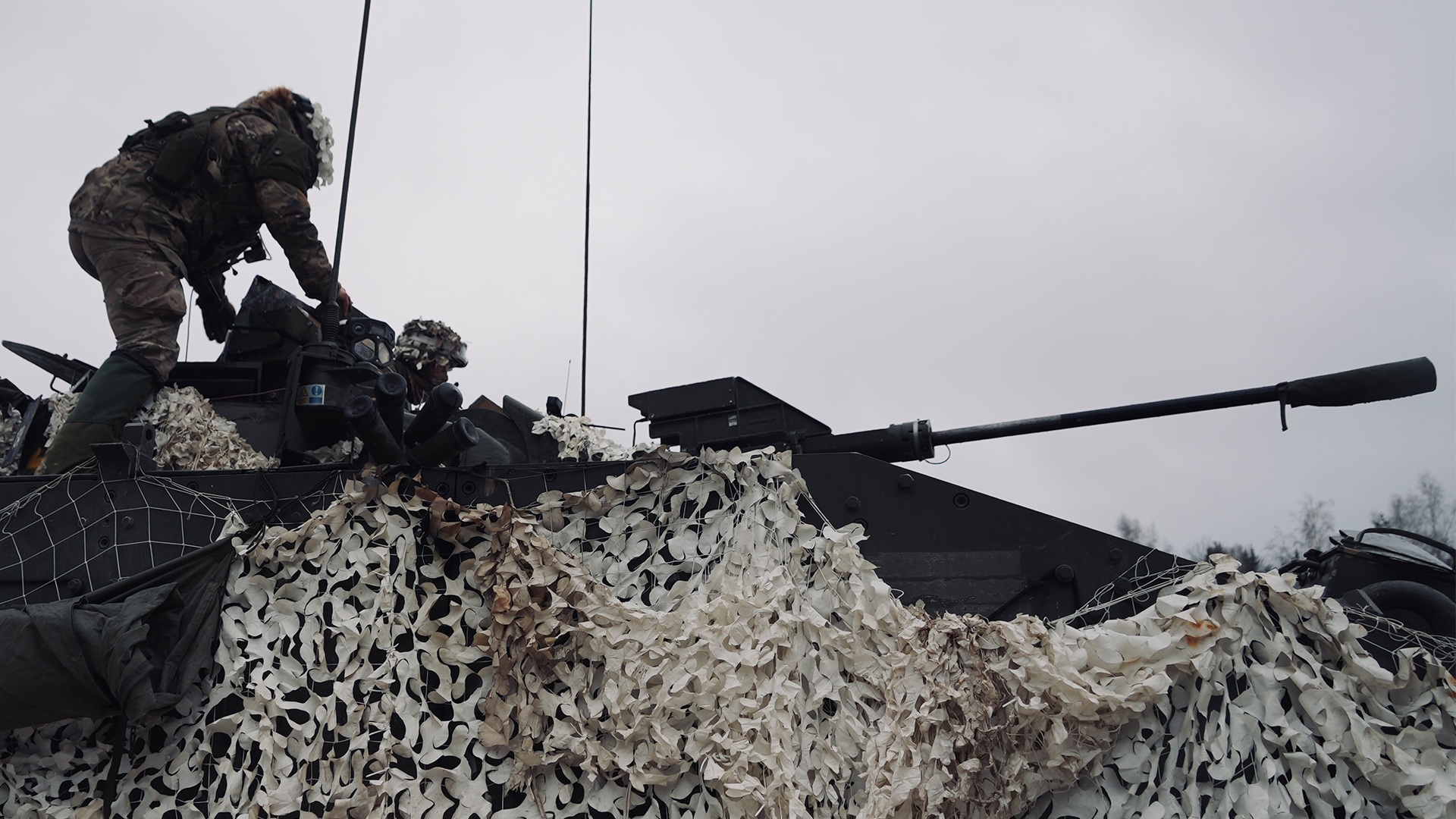
As well as threats on the ground, dangers from the sky mean a fresh focus on anti-aircraft protection.
The emergence of drone warfare means air superiority is not guaranteed, and any army must be mindful of the damage these small airborne threats can cause.
"In 2025, I don't think there's anything more important than air defence," said Bombardier Kito Codrington of 12 Regiment Royal Artillery.
"Everyone has seen the news and seen the threats we face today. We've seen that in the Russian invasion of Ukraine.
"In the first few days, they went after only air defence.
"We really ought to be woven into every aspect of planning, we should be pretty much tied into every bit of it."
This exercise is about ensuring these troops can operate effectively if Nato's security was threatened and they were called upon to protect this small Baltic state.
So they're learning to fight in this challenging location, using their battlefield assets to their maximum effect in these cold conditions.
